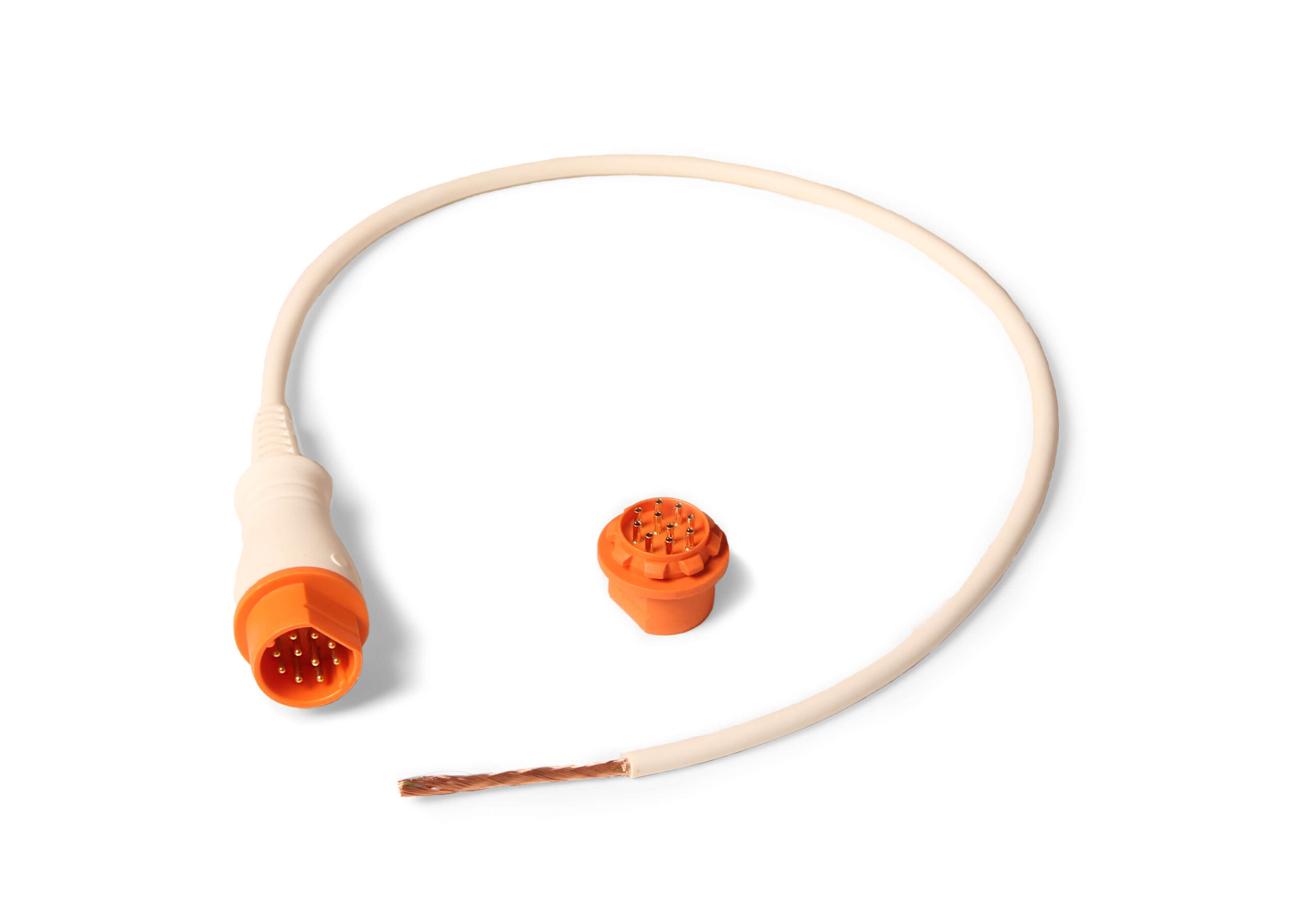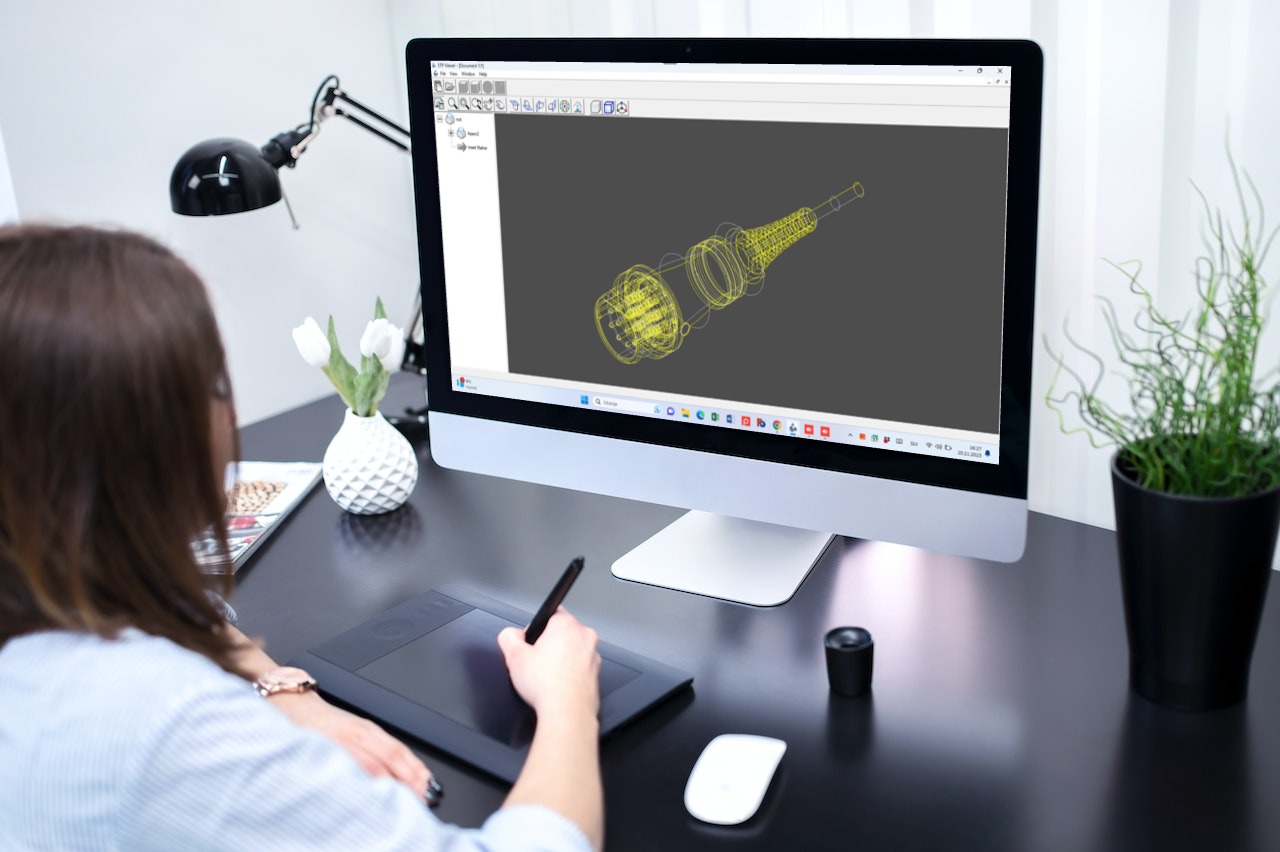

The production process was complex due to the assembly of multiple plastic parts and the lengthy process of protecting the interior of the connector from damage and moisture. In addition, there was no control over the application of precious metals to the contacts, which affected the quality of the product. Prices were constantly rising, without any possibility of influence. By introducing our connector, we have significantly reduced lead times, eliminated customs complications, ensured a stable price regardless of currency exchange rates, carried out controlled applications of precious metals to the contacts, and simplified the production process of the connector.
Result: We offered an injection-molded connector at a lower price than the previous one that the customer had available.

Our commitment to high quality is confirmed by ISO standards, which also apply to the manufacture of connectors used in invasive blood pressure measurement. In this post, we will take a closer look at the process of manufacturing these specialized connectors, which we divide into 14 key phases.
Every project begins with thorough planning. The customer approached us with an idea for a custom-made connector that is intended for mass production in the medical industry. In this step, we agree on the purpose of use, safety and durability standards, and other requirements.
This is followed by the creation of a product sketch and the creation of a 3D model in .STEP format. This allows us to visualize the product and perform virtual tests in a virtual environment.

When selecting materials, we take into account the requirements for conductivity, robustness, and durability. We use a material for the production of contact parts with a gold coating for better conductivity, a plastic material for the production of the contact carrier, a cable that is suitable for injection molding at higher temperatures, and a plastic material for the production of the sheath.
We start with the manufacture of internal components, including contacts. We also prepare a cable that is soldered to the contact carrier. We use raw contacts made of non-precious metals, on which we apply a thin layer of gold.
Before injection molding plastic, we perform a computer simulation that helps us to ensure the perfect shape, functionality, and strength of the injection-molded part.
We continue with the manufacture of external components, including the sheath. We use new materials that are flexible, durable, and aesthetically pleasing.
We perform various tests, including pull-out force tests of the contact carrier, electrical tests, and sheath bending tests.
After testing, we carry out any corrections and improvements to achieve optimal connector performance.
We prepare the mold that will be used in the connector injection molding process.
We make a small series of samples for testing and further adaptation.
We carefully inspect the samples from small production and perform tests to ensure compliance with requirements.
We validate the product by determining the key injection molding parameters that must be within certain limits for visual and technological acceptability.
After successful product validation, we approve it for further production.
When the product is approved, mass production begins, which ranges from 300 to 100,000 pieces.
We specialize in a variety of plastic injection molding techniques and are always following the latest trends and technologies in the industry. The entire process, from idea to production, typically takes approximately 3 to 4 months.
Our finished products are carefully controlled, we ensure that they are fully visually inspected, and arrange for compliance inspection with precise measuring instruments and attach measurement reports. Following standards, we store production records and measurement reports for up to 10 years. Product delivery is typically carried out to the customer's door with our contracted forwarder or by arrangement.
For more information about our services and products, please contact us. We will be happy to collaborate with you on your next project and ensure that your product meets the highest quality standards.